Henry C. Vogel, Celeste C. Haber9780815514077, 0-8-155-1407-7, 0-8155-1407-7
Table of contents :
Front Matter……Page 1
Contributors……Page 4
Table of Contents……Page 0
Preface to the Second Edition……Page 7
Preface to the First Edition……Page 9
Table of Contents……Page 11
Prologue……Page 26
1.0 Microbial Fermentation……Page 27
1.2 Bioreactors and Culture Techniques for Microbial Processes……Page 28
1.3 Application of Computer Control and Sensing Technologies for Fermentation Process……Page 33
1.4 Scale-Up……Page 44
1.5 Bioreactors for Recombinant DNA Technology……Page 47
References (Section 1)……Page 49
2.2 Culture Media……Page 50
2.3 Microcarrier Culture and General Control Parameters……Page 51
2.4 Perfusion Culture Systems as a New High Density Culture Technology……Page 56
2.5 Sedimentation Column Perfusion Systems……Page 58
2.6 High Density Culture Using a Perfusion Culture System with Sedimentation Column……Page 59
2.7 Acknowledgment……Page 60
References and Bibliography (Section 2)……Page 63
3.1 Background of the Technique – Historical Overview……Page 66
3.2 Media Formulations……Page 68
3.3 General Applications……Page 70
3.4 Bioreactors – Hardware Configuration……Page 71
3.6 Culture Period……Page 79
3.7 Aeration and Agitation……Page 80
3.9 Characteristics……Page 81
3.10 Manipulation……Page 83
3.11 Scale-Up Problems……Page 86
3.12 Bioprocess Measure and Control……Page 87
References (Section 3)……Page 89
1.0 Introduction……Page 92
2.1 The Microbiological Laboratories……Page 93
2.2 Analytical Support Laboratories……Page 95
2.3 Production: Raw Material Storage……Page 96
2.4 Media Preparation or Batching Area……Page 97
2.5 The Seed Fermenter Layout……Page 98
2.7 Nutrient Feed Tanks……Page 99
2.8 Sterile Filters……Page 100
2.9 Air Compressors……Page 101
2.10 Valves (To Maintain Sterility)……Page 102
2.12 Cooling Equipment……Page 103
3.0 General Design Data……Page 104
4.1 A Justification for Continuous Sterilization……Page 106
4.2 Support Equipment for a Sterilizer……Page 107
4.4 The Cooling Section……Page 114
5.0 Fermenter Cooling……Page 119
6.1 Agitator Effectiveness……Page 124
6.2 Fermenter Height……Page 125
6.3 Mixing Horsepower by Aeration……Page 126
6.5 Comparison of Shear of Air Bubbles by Agitators and Jets……Page 132
6.7 Other Examples of Jet Air/Liquid Mixing……Page 134
6.8 Mechanical Versus Non-mechanical Agitation……Page 135
7.0 Trouble Shooting in a Fermentation Plant……Page 136
8.0 General Comments……Page 144
References……Page 145
1.0 Introduction……Page 147
2.0 Nutritional Requirements of the Cell……Page 150
3.0 The Carbon Source……Page 153
4.0 The Nitrogen and Sulfur Source……Page 160
5.0 The Source of Trace and Essential Elements……Page 161
6.0 The Vitamin Source and Other Growth Factors……Page 169
7.0 Physical and Ionic Requirements……Page 172
8.0 Media Development……Page 174
9.0 Effect of Nutrient Concentration on Growth Rate……Page 180
References……Page 184
2.0 Traditional One-Variable-at-a-Time Method……Page 186
3.0 Evolutionary Optimization……Page 187
4.0 Response Surface Methodology……Page 191
5.0 Advantages of RSM……Page 193
5.1 Maximum Information from Experiments……Page 194
5.4 Interaction Between Variables……Page 195
5.6 Design Data……Page 196
7.0 Potential Difficulties with RSM……Page 199
7.3 Standard Error of the Regression Coefficient……Page 201
7.6 Analysis of Variance……Page 202
8.0 Methods to Improve the RSM Model……Page 203
References……Page 204
1.0 Theory and Concepts……Page 206
2.0 Pumping Capacity and Fluid Shear Rates……Page 207
3.0 Mixers and Impellers……Page 208
3.1 Fluidfoil Impellers……Page 216
4.0 Baffles……Page 226
5.0 Fluid Shear Rates……Page 229
5.1 Particles……Page 232
5.2 Impeller Power Consumption……Page 233
5.3 Mass Transfer Characteristics of Fluidfoil Impellers……Page 243
6.1 Some General Relationships in Large Scale Mixers Compared to Small Scale Mixers……Page 245
6.2 Scale-Up Based on Data from Existing Production Plant……Page 246
6.3 Data Based on Pilot Plant Work……Page 249
6.4 Sulfite Oxidation Data……Page 252
6.6 Some General Concepts……Page 253
6.7 Reverse Rotation Dual Power Impellers……Page 254
7.0 Full Scale Process Example……Page 255
8.0 The Role of Cell Concentration Mass Transfer Rate……Page 257
9.0 Some Other Mass Transfer Considerations……Page 261
10.0 Design Problems in Biochemical Engineering……Page 262
11.0 Solution – Fermentation Problems……Page 264
List of Abbreviations……Page 266
References……Page 267
1.0 Introduction……Page 268
3.1 Flow Theory……Page 269
3.2 Cake Compressibility……Page 270
4.0 Particle Size Distribution……Page 271
5.0 Optimal Cake Thickness……Page 272
6.0 Filter Aid……Page 273
7.0 Filter Media……Page 274
8.1 Pilot Testing……Page 276
10.1 Operation and Applications……Page 277
11.1 Applications……Page 284
11.2 Operation……Page 286
11.3 Maintenance……Page 290
12.1 Applications……Page 292
12.2 Operation……Page 293
Nutsches……Page 295
References……Page 296
1.0 Introduction……Page 297
2.0 Cross-Flow vs. Dead End Filtration……Page 299
3.0 Comparison of Cross-Flow with Other Competing Technologies……Page 303
4.0 General Characteristics of Cross-Flow Filters……Page 305
4.1 Polymeric Microfilters and Ultrafilters……Page 307
4.2 Inorganic Microfilters and Ultrafilters……Page 311
5.1 Batch System……Page 315
5.2 Feed and Bleed……Page 318
6.1 Minimization of Flux Decline with Backpulse or Backwash……Page 323
6.2 Uniform Transmembrane Pressure Filtration……Page 326
6.3 Effect of Operating Parameters on Filter Performance……Page 331
6.4 Membrane Cleaning……Page 340
6.5 Pilot Scale Data and Scaleup……Page 342
6.7 Capital and Operating Cost……Page 344
6.8 Safety and Environmental Considerations……Page 348
7.0 Applications Overview……Page 349
7.2 Purification and Concentration of Enzymes……Page 350
7.3 Microfiltration for Removal of Microorganisms or Cell Debris……Page 351
7.4 Production of Bacteria-free Water……Page 356
7.5 Production of Pyrogen-free Water……Page 358
8.0 Glossary of Terms……Page 360
Acknowledgment……Page 364
Appendix: List of Membrane Manufacturers (Microfiltration and Ultrafiltration)……Page 365
References……Page 370
1.0 Extraction Concepts……Page 375
1.1 Theoretical Stage……Page 377
2.0 Distribution Data……Page 379
3.0 Solvent Selection……Page 381
4.0 Calculation Procedures……Page 382
4.1 Simplified Solution……Page 385
4.2 Sample Stage Calculation……Page 387
5.0 Drop Mechanics……Page 390
6.1 Non-Agitated Gravity Flow Extractors……Page 393
6.2 Stirred Gravity Flow Extractors……Page 395
6.3 Pulsed Gravity Flow Extractors……Page 398
6.4 Centrifugal Extractors……Page 400
6.5 Equipment Size Calculation……Page 401
7.0 Selection of Equipment……Page 405
8.0 Procedure Summary……Page 406
References……Page 407
1.0 Introduction……Page 409
1.1 Ion Exchange Processes……Page 410
1.2 Chromatographic Separation……Page 411
2.1 Selectivity……Page 416
2.2 Kinetics……Page 422
2.3 Chromatographic Theory……Page 427
3.1 Ion Exchange Matrix……Page 434
3.2 Functional Groups……Page 436
3.3 Porosity and Surface Area……Page 438
3.4 Particle Density……Page 445
4.0 Laboratory Evaluation of Resin……Page 446
5.2 Scaling-Up Fixed Bed Operations……Page 453
5.3 Sample Calculation……Page 456
5.4 Comparison of Packed and Fluidized Beds……Page 458
5.5 Chromatographic Scale-Up Procedures……Page 460
5.6 Pressure Drop……Page 463
5.7 Ion Exchange Resin Limitations……Page 466
5.8 Safety Considerations……Page 468
6.0 Ion Exchange Operations……Page 470
6.2 Batch Operations……Page 472
6.3 Column Operations……Page 473
6.4 Elution/Regeneration……Page 485
7.0 Industrial Chromatographic Operations……Page 489
References……Page 497
1.0 Introduction……Page 503
2.0 Evaporators and Evaporation Systems……Page 504
3.0 Liquid Characteristics……Page 508
4.0 Heat Transfer in Evaporators……Page 509
5.0 Evaporator Types……Page 516
5.1 Jacketed Vessels……Page 518
5.3 Short-Tube Vertical Evaporators……Page 520
5.5 Long-Tube Vertical Evaporators……Page 521
5.6 Falling Film Evaporators……Page 522
5.7 Forced Circulation Evaporators……Page 524
5.8 Plate Evaporators……Page 526
5.9 Mechanically Agitated Thin-Film Evaporators……Page 529
5.10 Flash Pots and Flash Evaporators……Page 532
5.11 Multiple Effect Evaporators……Page 533
6.0 Energy Considerations for Evaporation System Design……Page 538
7.0 Process Control Systems for Evaporators……Page 546
8.0 Evaporator Performance……Page 550
9.0 Heat Sensitive Products……Page 552
10.0 Installation of Evaporators……Page 554
11.0 Troubleshooting Evaporation Systems……Page 556
References and Selected Reading Material……Page 560
1.0 Introduction……Page 563
2.1 Field of Supersaturation……Page 564
2.3 Appearance of Crystalline Nuclei……Page 566
2.4 Growth of Nuclei to Size……Page 567
3.0 Crystallization Equipment……Page 569
3.1 Evaporative Crystallizer……Page 572
3.4 Batch Crystallization……Page 573
4.0 Data Needed for Design……Page 574
5.2 High Viscosity……Page 575
6.0 Method of Calculation……Page 576
7.1 Deposits……Page 579
7.2 Crystal Size Too Small……Page 580
7.3 Insufficient Vacuum……Page 581
7.5 Foaming……Page 582
8.0 Summary……Page 583
9.0 American Manufacturers……Page 584
References……Page 585
2.0 Theory……Page 586
3.0 Equipment Selection……Page 589
3.2 Data Collection……Page 591
3.3 Materials of Construction……Page 594
6.0 Tubular-Bowl Centrifuges……Page 595
7.0 Continuous Decanter Centrifuges (with Conveyor)……Page 596
7.2 Typical Problem for Continuous Decanter Centrifuge with Conveyor……Page 598
8.0 Disk Centrifuges……Page 599
8.2 Maintenance……Page 600
10.0 Filtering Centrifuges……Page 601
11.1 Applications……Page 603
12.1 Applications……Page 605
12.2 Operation……Page 606
13.0 Inverting Filter Centrifuge……Page 607
13.1 Operation……Page 608
14.0 Maintenance: Centrifuge……Page 611
14.1 Bearings……Page 612
16.0 Pressure-Added Centrifugation……Page 613
17.2 Sedimentation Centrifuges……Page 616
References……Page 617
2.0 Scope……Page 618
3.0 Source of Water……Page 619
4.0 Potable Water……Page 621
5.0 Water Pretreatment……Page 622
6.0 Multimedia Filtration……Page 623
8.0 Activated Carbon……Page 624
10.0 Deionization……Page 626
11.0 Purified Water……Page 629
12.0 Reverse Osmosis……Page 631
13.0 Water for Injection……Page 632
14.0 Water System Documentation……Page 635
Appendix I: Existing and Proposed U.S. EPA Drinking Water Standards……Page 636
Appendix II: Department of Health, Education and Welfare Public Health Service……Page 641
Criteria for the Acceptability of an Ultraviolet Disinfecting Unit……Page 642
References……Page 643
1.0 Introduction……Page 644
2.0 Sterile Bulk Preparation……Page 645
3.1 General Considerations……Page 646
5.0 Filtering/Drying……Page 647
7.0 Bulk Freeze Drying……Page 648
8.0 Spray Drying……Page 649
9.0 Equipment Preparation……Page 650
11.1 Vial and Stopper Preparation……Page 651
11.2 Filling of Vials……Page 652
12.0 Environment……Page 654
12.1 Aseptic Areas……Page 655
12.4 Evaluation of the Air……Page 656
12.6 Evaluation of Water……Page 657
12.8 Evaluation of Personnel……Page 658
13.0 Equipment List……Page 659
References……Page 661
1.2 Technology……Page 663
2.1 Air……Page 664
2.2 Water……Page 666
2.3 Solid Waste……Page 668
2.4 Occupational Safety and Health Act (OSHA)……Page 669
2.5 Environmental Auditing……Page 671
2.6 National Environmental Policy Act……Page 674
3.1 NPDES……Page 675
3.2 Effluent Limitations……Page 676
3.5 Mass Limitations……Page 677
3.7 Common Pollutants……Page 678
4.0 Waste Water Treatment Strategy……Page 679
4.1 Activated Carbon……Page 680
4.2 Air Stripping……Page 681
4.3 Steam Stripping……Page 682
4.5 Chemical Precipitation……Page 683
4.7 Ion Exchange……Page 684
4.9 Organic Removal……Page 686
4.10 Activated Sludge Systems……Page 687
5.0 Air (Emissions of Concern)……Page 688
6.0 Selecting a Control Technology……Page 689
6.2 Pollutant……Page 690
7.0 Volatile Organic Compound (VOC) Emissions Control……Page 691
7.1 Thermal Incineration……Page 692
7.2 Catalytic Incineration……Page 693
7.3 Carbon Adsorption……Page 694
7.5 Condensation……Page 695
7.6 Absorption……Page 696
8.1 Fabric Filters (Baghouses)……Page 697
8.3 Electrostatic Precipitators……Page 698
9.1 Wet Scrubbing……Page 700
References……Page 701
1.0 Introduction……Page 703
3.0 Biosensors……Page 704
4.0 Cell Mass Measurement……Page 706
6.0 Dissolved Oxygen……Page 708
7.0 Exhaust Gas Analysis……Page 710
8.0 Measurement of pH……Page 712
9.0 Water Purity……Page 713
10.0 Temperature……Page 714
11.0 Pressure……Page 716
12.0 Mass……Page 717
13.0 Mass Flow Rate……Page 718
14.0 Volumetric Flow Rate……Page 719
15.0 Broth Level……Page 721
16.0 Regulatory Control……Page 724
16.1 Single Stage Control……Page 725
17.0 Dynamic Modeling……Page 726
18.1 Batch Control……Page 727
19.0 Artificial Intelligence……Page 729
20.0 Distributed Control……Page 730
References……Page 732
1.0 Introduction……Page 734
2.0 Theory……Page 735
3.0 Equipment Selection……Page 739
3.1 Testing and Scale-up……Page 750
3.2 Cost Estimation……Page 752
3.3 Installation Concerns……Page 753
3.4 Safety Considerations……Page 757
4.0 Equipment Manufacturers……Page 758
5.0 Directory of Manufacturers……Page 759
References (For Section I: Indirect Drying)……Page 761
1.0 Introduction……Page 762
2.0 Definitions……Page 763
4.0 Drying Theory……Page 765
5.0 Fundamental Aspects of Dryer Selection……Page 766
5.1 Batch Direct Dryers……Page 767
5.2 Batch Fluid Bed Dryers……Page 768
5.4 Ribbon Dryers……Page 769
5.6 Agitated Pan Dryers……Page 770
5.8 Spray Dryers……Page 771
5.11 Mechanically Agitated Flash Dryers……Page 772
5.13 Fluid Bed Dryers……Page 773
6.0 Data Requirements……Page 774
7.0 Sizing Dryers……Page 776
7.1 Spray Dryers……Page 777
7.2 Flash Dryers……Page 778
7.3 Tray Dryers……Page 779
7.5 Belt or Band Dryers……Page 780
8.0 Safety Issues……Page 781
8.1 Specific Features……Page 782
9.0 Decisions……Page 783
10.0 Trouble Shooting Guide……Page 784
11.0 Recommended Vendors List……Page 785
References and Bibliography (For Section II: Direct Drying)……Page 786
1.0 Introduction to the Capital Project Life Cycle……Page 787
2.0 Conceptual Phase……Page 790
3.0 Preliminary Design Phase……Page 791
4.0 Detail Design Phase……Page 793
5.0 Construction Phase……Page 795
6.0 Start-Up Phase……Page 797
7.0 The Fast Track Concept……Page 798
8.0 The Impact of Validation……Page 799
9.0 Introduction to the Costing of a Capital Project……Page 800
10.0 Order of Magnitude Estimate……Page 801
11.0 Approval Grade Estimate……Page 803
12.0 Control Estimate……Page 804
13.0 Dynamics of an Estimate……Page 805
A……Page 807
B……Page 808
C……Page 809
D……Page 812
E……Page 813
F……Page 815
H……Page 816
I……Page 817
L……Page 818
M……Page 819
N……Page 820
O……Page 821
P……Page 822
R……Page 824
S……Page 825
T……Page 827
V……Page 828
Z……Page 829
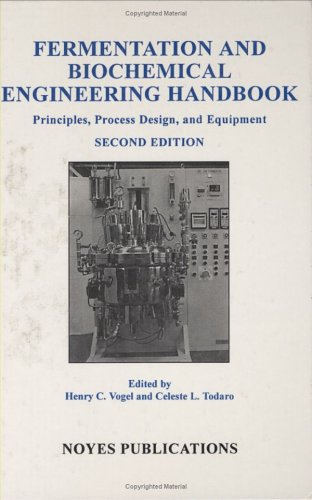
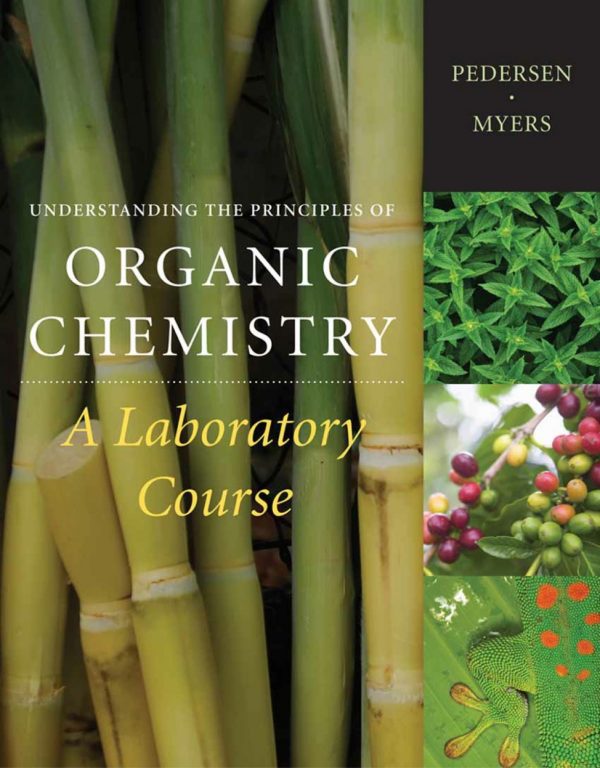
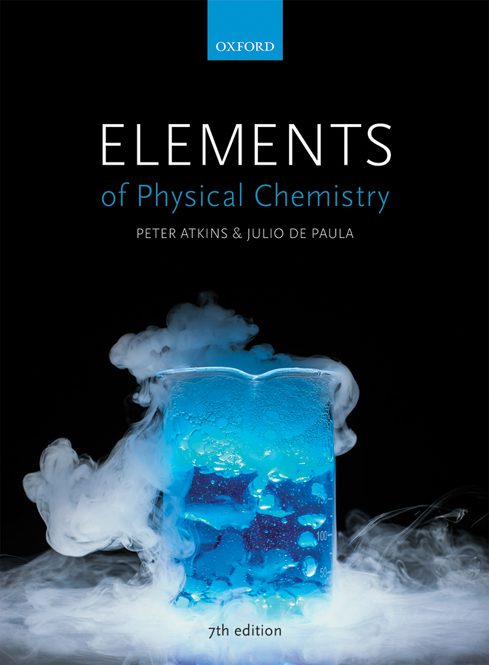
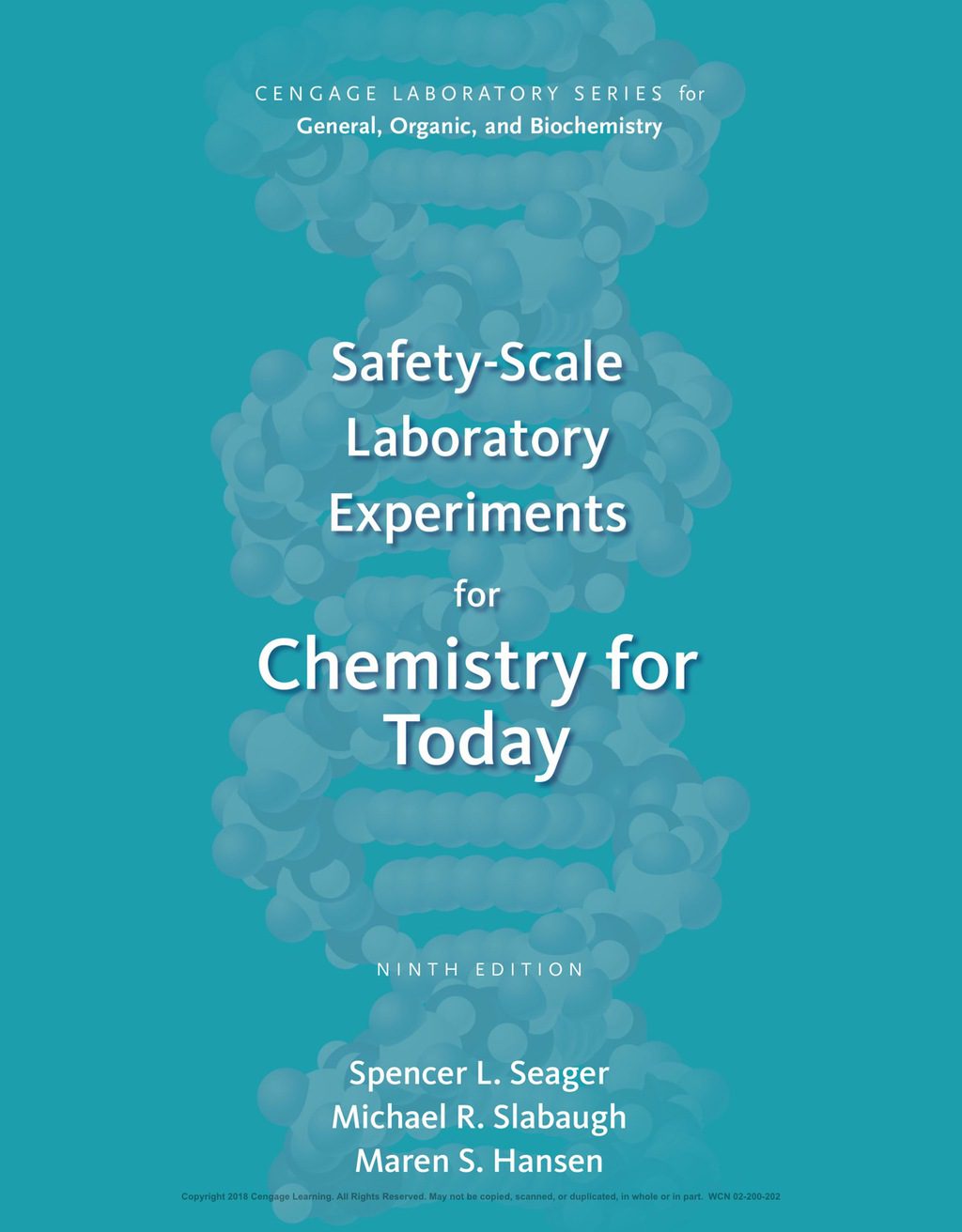
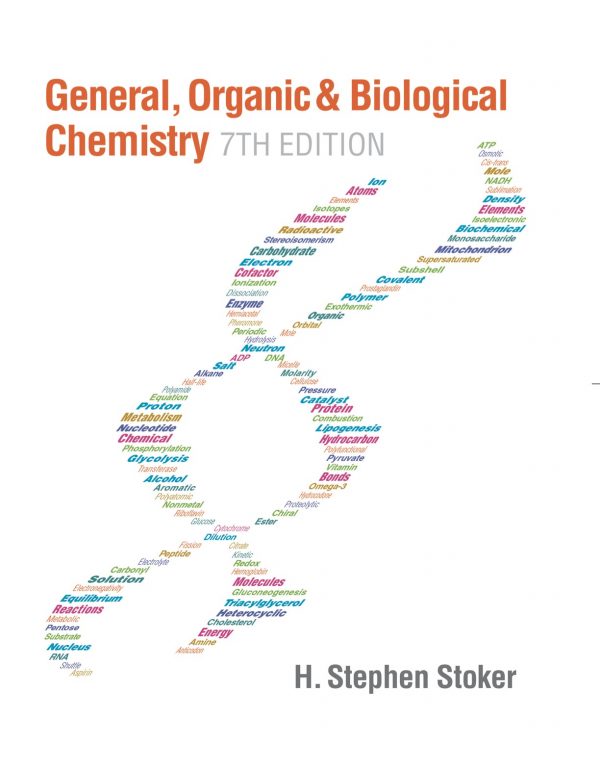

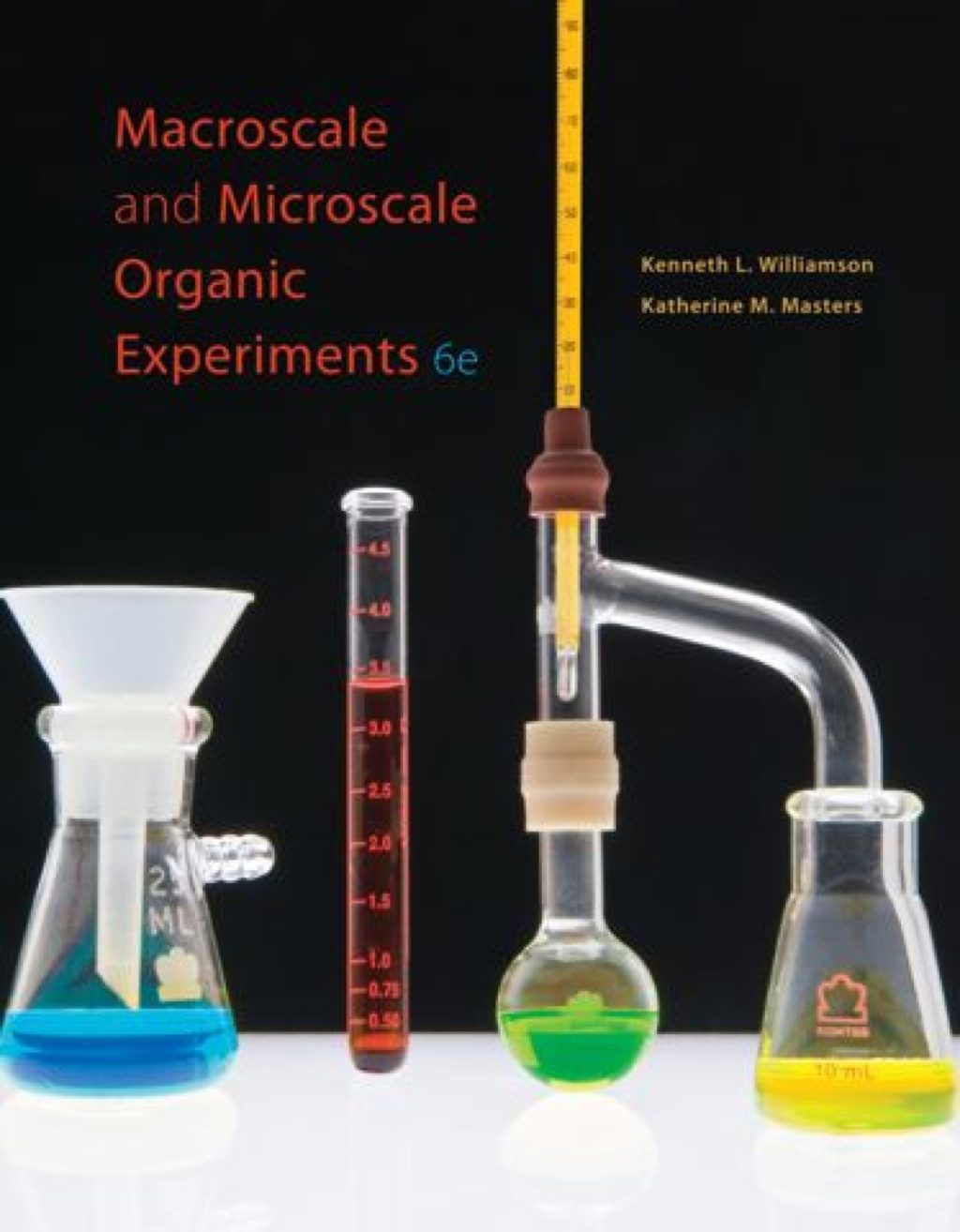
Reviews
There are no reviews yet.